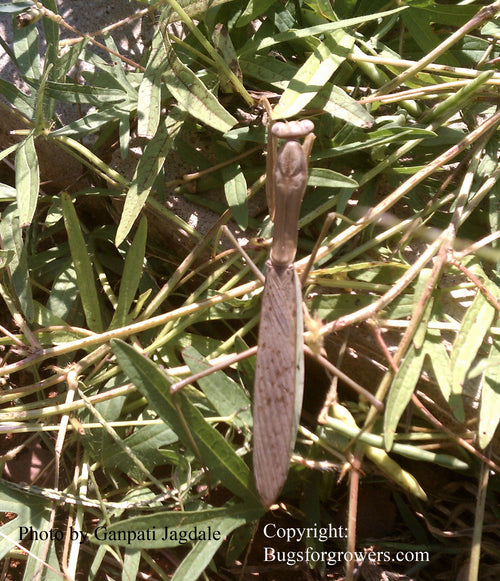Light brown apple moth
Damage caused by the Light brown apple moth
All the larval stages of light brown apple moth cause serious damage to damage to leaves, flowers, shoots and fruits of many fruits and vegetables.
Facts (show all)
- Common names
-
- Light brown apple moth
- Scientific name
-
- Epiphyas postvittana
- Identification
-
Adults: Adults of the light brown apple moth are light brown in color.
Eggs: Eggs of light brown apple moth are translucent white to yellow in color, and oval and flat in shape.
Larvae/Caterpillars: Larvae of light brown apple moth are pale green in color and about 0.5- 0.7 inch long.
Pupae: Pupae of light brown apple moth are green or brown in color.
- Biology
-
Females of light brown apple moths lay eggs on the upper surface of the leaves. Eggs hatch into small larvae within 8- 10 days. After hatching from eggs, young larvae start feeding on the leaves, buds and small fruits until they mature. Mature larvae may spin a silken cocoon around them or roll the portion of leaf and then pupate inside the cocoon or rolls. Adults emerge from the pupae within 10- 20 days, mate, lay eggs and life cycle continues. Depending on the favourable conditions, light brown apple moths can complete 2- 4 generations in a year.
- Organic Control of the Light brown apple moth
-
- Following beneficial bugs and plant products are used for organic control of the Light brown apple moth
- Egg parasitic wasps
-
- Trichogramma brassicae
- Trichogramma pretiosum
- Trichogramma minutum
- Trichogramma platneri
- Predatory praying mantis
-
- Tenodera aridifolia sinensis
- Stagmomantis crolina
- Plant Product
-
- Molt-X® - (Active ingredient – Azadirachtin a compound isolated from neem leaves)


